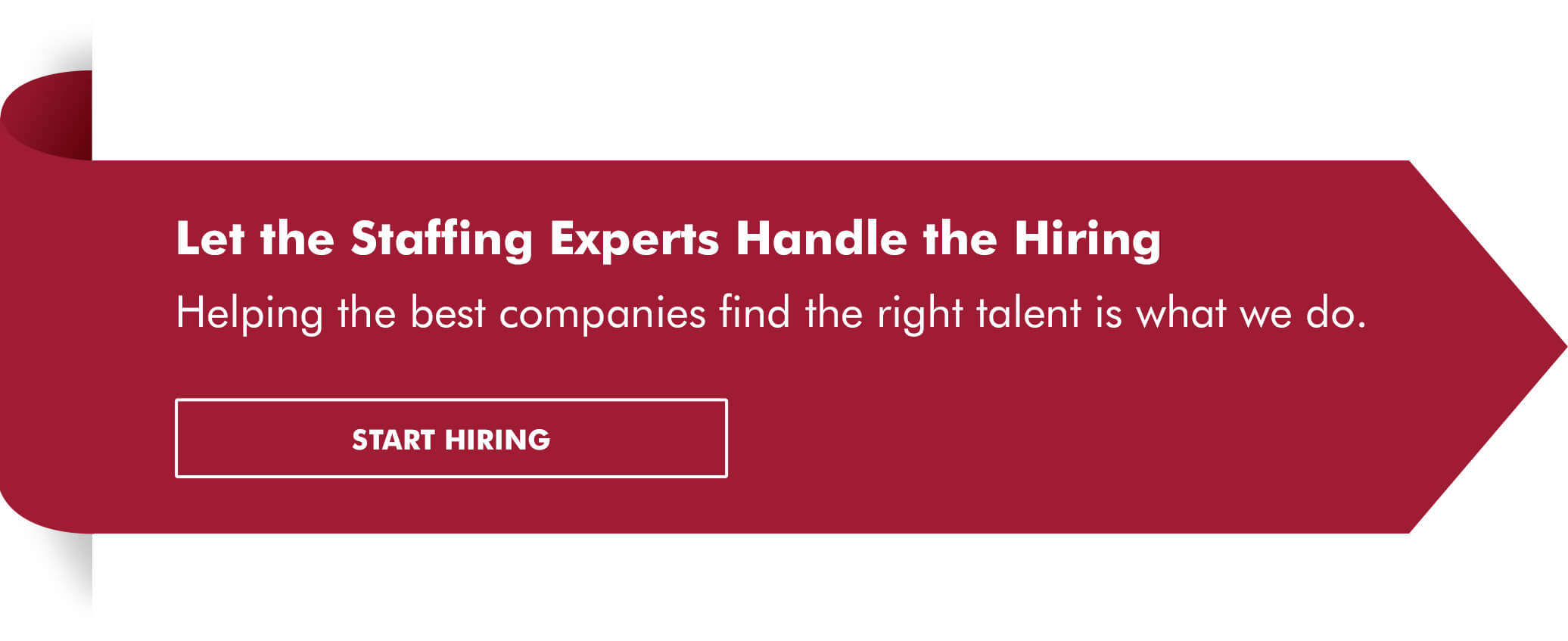5 Tips for Employee Mental Health in a Post-Pandemic Workplace
Chronic stress has long been an impediment to a healthy workplace, especially when it erodes employee mental health. This was true before the onset of the COVID-19 pandemic and during its worst periods, and it will remain true going forward.
By and large, employers recognize this, and employees are noticing; recent research from Robert Half found that 71% of U.S. workers surveyed felt their workplaces offered mental health support and resources that met their needs.
That’s a good start, but prioritizing employee mental health is an ongoing organizational endeavor and something that is becoming widely recognized as essential. In 2022, for example, the U.S. surgeon general issued a downloadable 30-page guide to support of workplace mental health and well-being.
Chronic workplace-related stress is a fast-track to employees feeling mentally detached from work and becoming less effective in their job. This detachment can and often does lead to burnout, defined by the World Health Organization as “a syndrome conceptualized as resulting from chronic workplace stress that has not been successfully managed.”
The most common cause of that burnout? Heavier workloads, due in part to employers trimming staff levels and top performers leaving for new opportunities.
But burnout isn’t the only problem.
Despite WHO recently declaring an end to the global health emergency brought about by COVID-19, anxiety and uncertainty associated with the post-pandemic economy is still gnawing away at employees’ sense of well-being.
Beyond heavier workloads, stressors for workers, be they remote or in-office, often include not being able to interact with colleagues like they used to, toxic work environments and caring for children or elders during the workday.
Managers play a crucial role in determining how well their organizations navigate this crisis, and in reducing threats to employee well-being in general. It’s clear there’s work to be done. Here are some suggestions to help you. They include input from Nic Marks, statistician, well-being expert and founder of Friday Pulse.
1. Approach employee mental health thoughtfully
One reason mental health isn’t often broached at work is that employers just haven’t seen it as their responsibility or concern. They haven’t realized why employee well-being should be important to them.
However, the switch to remote work accelerated during the pandemic, upping the ante. Managers who make it a point to promote healthy discussions around employee mental health and listen to staff who are having a hard time dealing with frustrations and stressors play a key role in helping employees avoid burnout.
The recent Robert Half survey mentioned earlier also found that 48% of companies encourage open dialogue about mental health in the workplace.
By being empathetic, you can persuade employees to share their stories about what they’re going through on the job. Savvy managers have shown a willingness to share their own stories despite worries from some that this could make them appear vulnerable. The payoff is high, however, because expressing such support and empathy helps more employees feel free to open up — paving the way for management to create solutions before bigger problems arise.
What should be of particular concern to employers is that your best people may be those most susceptible to burnout. “It is clear that burnout especially occurs in people who are engaged in their work,” Marks says. “They are willing to go the extra mile and, in doing so, actually go an extra hundred miles and totally overload themselves. People who don’t care about their work just don’t put in that extra discretionary effort that would tip them over the edge.”
2. Communicate 2-3 times more often
As noted earlier, many businesses are prioritizing employee mental health and well-being programs.
These programs are not a cure-all, though, according to Marks. “Many employee well-being programs are more opportunities for self-care, such as mindfulness courses or counseling help lines. These are helpful, and companies are right to pursue them, but many people under pressure don’t have the time to commit to such self-care initiatives.”
That’s where the support of their managers comes in. Talking regularly with your team is your most powerful tool for reducing stress (and potential burnout). Effective communication has always been a key management skill, but it’s a pivotal responsibility when employees are no longer all physically together in a central location. A good rule of thumb is to talk one-on-one or to small groups of employees two to three times more than you would in an office.
Want more management and recruiting tips? Subscribe to our newsletter.
3. Provide the right forum — and listen attentively
When talking with your team, listen carefully to get an authentic sense of how they’re feeling and coping with their stressors — fewer outlets for rest and relaxation, for example. Stress can also come from your staff having seen friends and family members being laid off, which can easily lead to their own feelings of job insecurity.
You may have to communicate virtually, of course. Use video calls whenever feasible. It’s surprisingly therapeutic for team members to see each other talking, strategizing, smiling and laughing when so many of us are isolated. Quick 15-minute group check-in calls on a weekly basis — separate from scheduled business meetings — can boost morale and become something staff will eagerly anticipate.
But don’t crowd too many people on these calls. “If these meetings include more than four or five people, the more introverted will not feel able to share,” Marks notes. Too many people on a call can also encourage side conversations that are distracting and confusing.
4. Give them workload relief
“Our data shows that work-life balance has deteriorated significantly across our client base [since the start of the pandemic],” Marks says. Work-life imbalances often reflect increased stress. People having too much work to get through the day is at least partly the result of staff cuts companies had to make because of the pandemic’s economic effects. Even if you’re not in a position to hire additional workers at this point, you can relieve some of the pressure by bringing in skilled contract professionals to help out in the most bottlenecked areas.
Need to bring in more people? See how Robert Half can help!
You can also give remote employees more flexibility by suggesting windowed working. This simply means allowing them to break up their workday with breaks to take care of personal responsibilities, from laundry to childcare. Even just knowing that they’re not chained to their computers from 8 a.m to 5 p.m. and can step away when needed can be a huge mental relief — and even more so when they need to take a windowed break to go grocery shopping. Bonus: When they get back, they’ll likely be fresh and refocused.
5. Give them time off
Nothing helps reduce stress and stave off burnout like time off — completely off. And not having enough of it in the past year has played a significant role in chronic stress and burnout among workers. Robert Half research found that 61% of the workers who said they do not feel adequately supported by their companies want paid time off for mental health days.
Encouraging staff to take the time off they’ve earned can allow them to simply take it easy for a while, even if they don’t take a full-fledged vacation and just want time to relax at home. And discourage them from checking in with work — they should feel free to be completely unplugged from the office.
Your efforts to create a workplace conducive to good employee mental health will not only benefit your employees but also your business. By doing so, Marks estimates companies can yield a fivefold return on investment. “The catch,” he says, “is you have to invest time and effort, not just money.”








